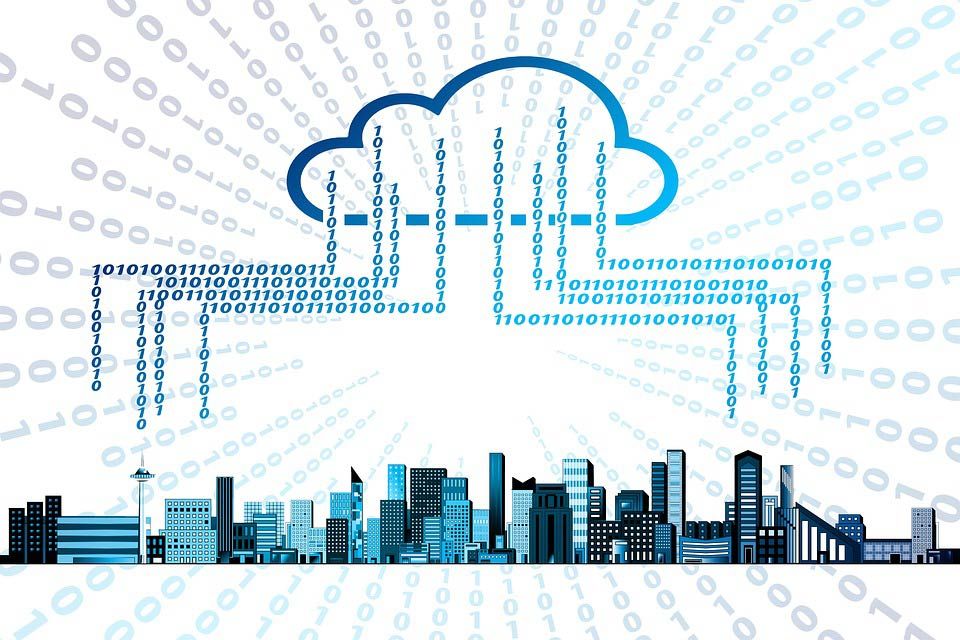
5 Cloud Computing Security Challenges and How to Address Them
Cloud computing is gradually becoming the backbone of every industry.
More and more businesses are looking to adopt cloud computing to boost their efficiency and communication, and provide and retrieve information from a central network.
Considering the argument surrounding as to whether seeking out cloud certification is worth your time and money, it is crucial that you look into the security challenges that cloud computing presents to businesses and the many ways proper cloud computing training can help tackle them.
This article looks into some of the most common security challenges that businesses adopting cloud computing face, and offers valuable tips on addressing them.
Whether you are ready to make the switch to cloud computing or are looking to learn more on the subject of cloud training, following are the top five security related challenges that businesses typically face when adopting cloud computing:
1. Likelihood of Hijacking and Data Breach and Loss
If you have already moved to the cloud, you’ve probably already experienced the high frequency of hijack attempts made on your business. Hackers are more likely to target your cloud in their efforts to hack into your sensitive business data.
For businesses planning to move to the cloud, it is important that you pay special attention towards protecting your data from falling into the wrong hands. Once an attacker gets access to the data stored on the cloud, they receive the ultimate power to manipulate the information, extract highly confidential details, redirect your clients to your competitors, or even demand ransom.
We suggest that businesses perform proper research on the strengths and weaknesses of different cloud service providers. They should avoid fraudulent free trails and false sign-up requests, and only settle with a cloud service that has a proper security infrastructure in place to protect attackers from breaching the data of various clients.
2. Easily Subjected to APT and DOS
Advanced Persistent Threats (APT) and Denial of Service (DOS) attacks are two major threats to any business’s security system. APT commonly gain access to the system, establishes its base, and continues to secretly steal information from the system over an extended period. Think of APT attacks like a parasite that implants itself on the body of the host and feeds off it over a prolonged period. APT hides from being detected by the users and moves amongst the usual flow of data traffic.
DOS, on the other hand, has been haunting network security professionals for ages. A typical DOS attack bombards the system with requests. This process prevents legitimate traffic to flow and slows down or completely shut down the targeted system, thus causing the business utilizing the system a major loss.
APT and DOS can lead to a serious breach in your system and can cost your business a lot more than just money. It is crucial that you consider cloud training and enforce proper encryption methods and use multifactor authentication techniques.
3. The Risk of Events Like Meltdown and Spectre
Researchers have unveiled two new challenges that businesses with cloud computing face: Meltdown and Spectre.
It was in January that a group of researchers found the possibility of data (including the encrypted data) to be read from memory with the help of a design feature that most modern microprocessors possess. The feature uses a malicious JavaScript code and supports a side-channel attack that breaks down the isolation between applications. This enables the attacker to receive unmonitored access to the system through an unprivileged log, allowing them to read all the information present in the host kernel, and to and from the kernel.
Meltdown and Spectre are proving to be the greatest security challenges for all cloud service providers. With experts already looking to tackle this latest threat, a business can do plenty to guard against these security threats.
Businesses are suggested to replace all affected processors. Furthermore, they should request information from their cloud service provider about measures that they are taking in order to respond to Meltdown and Spectre and have the most up-to-date and latest patches in place.
4. Unsafe DevOps Deployment Practices
DevOps is simply the process by which different areas, such as, software development, testing, and deployment coordinate in a fast and reliable way with respect to the specific infrastructure in place. While the DevOps process is fairly straightforward, security becomes a concern, especially for businesses adopting cloud computing.
Most businesses often overlook security implications that are tied down with DevOps and are exposed to malicious attacks on the system. For businesses looking to secure their DevOps-powered deployment practice, it is recommended that you automate your security acceptance tests by tying them to a subset of key security controls.
5. The Absence of Identity Management Systems
Moving to cloud computing often means having to leave behind the traditional access management system. Exposing your system to illegitimate users, developers, and operators that can read, modify, and delete important information can present itself as a significant issue.
Wondering how you can make up for insufficient identity and access management systems? It is important that you choose a cloud computing service provider that understand these threats and have security protection and management services in place to address security and data protection issues.
It is essential that you carefully choose your cloud computing service provider since your choice greatly dictates the level of protection you receive, which ultimately reflects on the success of your business.
Maintaining a safe and secure environment is a prime concern, especially for businesses planning to continue expanding their reach. Despite the daily challenges that most businesses face, security concerns appear to be on the rise for businesses switching to cloud computing. We hope that with the information contained in this article, you have a good understanding of the most common security challenges and how cloud service providers can help you tackle them effectively.

